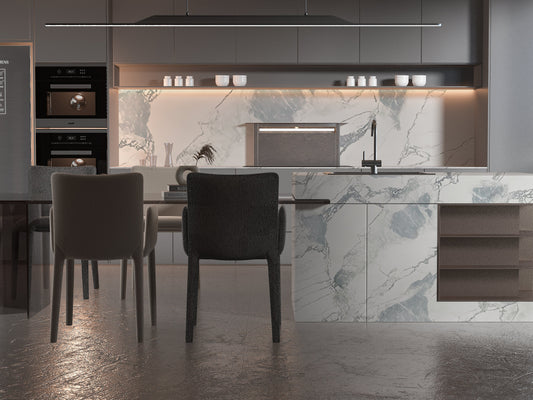Composite decking is an innovative material designed to offer durability, low maintenance, and aesthetic appeal for outdoor spaces. Made from a blend of wood fibers and recycled plastics, it provides the natural beauty of wood while resisting issues like warping, rotting, and splintering. Unlike traditional lumber, composite boards are engineered to withstand harsh weather conditions without fading or cracking.
Key benefits of composite decking include:
- Longevity: Designed to last longer than traditional wood.
- Low Maintenance: Requires minimal upkeep, such as occasional cleaning.
- Sustainability: Manufactured from recycled materials, reducing environmental impact.
- Versatility: Available in a variety of colors, textures, and finishes.
These features make composite decking an excellent option for modern outdoor living areas, combining practicality with style.
Key Materials and Tools Needed for Composite Deck Construction
Constructing a composite deck requires specific materials and tools to ensure a durable and efficient build. Proper preparation helps achieve a professional-grade finish.
Essential Materials:
- Composite Decking Boards: Select boards designed for outdoor use, resistant to weathering and fading.
- Joists and Beams: Pressure-treated lumber or metal framing components for structural support.
- Deck Screws/Hidden Fasteners: Rust-resistant screws or fasteners for seamless installation.
- Post Anchors: Secure base supports for vertical posts.
- Flashing Tape: Protective tape for joist tops to prevent water damage.
Necessary Tools:
- Measuring Tape and Level: For precise alignment and even surfaces.
- Power Drill and Saw: Essential for cutting and fastening materials.
- Rubber Mallet: Ensures proper fitting of boards without damage.
- Safety Gear: Gloves, goggles, and ear protection safeguard during construction tasks.
Step-by-Step Planning: Designing Your Durable Composite Deck
Effective planning ensures a composite deck that is both functional and aesthetically pleasing. Start by assessing the available outdoor space and measuring dimensions precisely. Identify the primary purpose of the deck—be it entertaining, relaxation, or hosting large gatherings. Choose a design style that complements the home’s architecture and blends with the surrounding environment.
Next, decide on deck shape and layout, considering traffic flow and furniture placement. Prepare a list of required materials, including composite decking boards, fasteners, and railings. Factor in local building codes, permits, and safety regulations. Incorporate features like stairs or built-in lighting to enhance usability.
Proper Installation Techniques for Long-Lasting Results
Proper installation techniques are essential for ensuring the durability and performance of a composite deck. Adhering to manufacturer recommendations is the first step in avoiding issues related to structural integrity. Begin by preparing a solid and level foundation, as uneven bases can lead to instability and accelerated wear. Use premium-grade fasteners designed specifically for composite decking to prevent corrosion and ensure a secure attachment.
Allow appropriate spacing between deck boards for thermal expansion and drainage, as improper gaps may lead to warping or water pooling. Additionally, sealing end cuts with a compatible sealant protects against moisture infiltration. Following these methods promotes a resilient and enduring deck.



